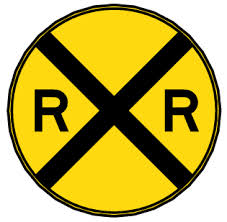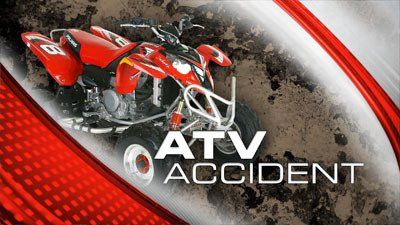 Last week five members of a Colorado family were killed when their minivan was struck by an Amtrak passenger train. The railroad crossing, located in the small town of Trinidad, Colorado, was marked only with signs – not flashing signals or gates.
Last week five members of a Colorado family were killed when their minivan was struck by an Amtrak passenger train. The railroad crossing, located in the small town of Trinidad, Colorado, was marked only with signs – not flashing signals or gates.
Unfortunately, many people assume all railroad crossings have ‘active warning’ signs such as flashing signals, whistles and electronic crossing gates. But the reality is many crossings – especially in rural areas – have only ‘passive warning’ signs. This means there is signage, but no flashing lights, whistles or electronic crossing gates. This tragic accident is a sad reminder of the importance of exercising caution around trains, tracks and crossings.
On average, every three hours a person or vehicle is struck by a train. Operation Lifesaver, a rail safety education initiative, offers many important safety tips to help the public stay safe around trains.
Remember: See Tracks, Think Train!
- The only safe and legal place to cross tracks is at a public pedestrian or road crossing with a crossbuck, flashing red lights, or gate.
- Whenever you approach a highway-rail grade crossing, always expect a train.
- Watch for and obey the road signs and signals whenever you approach a railroad crossing; make sure you have enough time to cross safely.
- Listen carefully and look both ways before crossing to assure a train is not approaching before you proceed.
- Never stop on the tracks, even if a train is not in sight.
- Freight trains don’t travel at fixed times, and schedules for passenger trains change.
- All train tracks are private property. Never walk on tracks; it is illegal, trespassing and highly dangerous. By the time a locomotive engineer sees a trespasser or vehicle on the tracks it’s too late. It takes the average freight train traveling at 55 mph more than a mile—the length of 18 football fields—to stop. Trains cannot stop quickly enough to avoid a collision.
- The average locomotive weighs about 400,000 pounds or 200 tons. This makes the weight ratio of a car to a train proportional to that of a soda can to a car. We all know what happens to a soda can hit by a car.
- Trains have the right of way 100% of the time over emergency vehicles, cars, the police and pedestrians.
- A train can extend three feet or more beyond the steel rail, putting the safety zone for pedestrians well beyond the three foot mark.
- Today’s trains are quieter than ever, producing no telltale “clackety-clack.”
- Stay alert around railroad tracks. No texting, headphones or other distractions that would prevent you from hearing an approaching train.
If you or a loved one has been a victim of a train accident, your best course of action is to seek experienced legal counsel. Determining the cause and fault of a train accident is a very complex process. It is critical for victims and their families to have an experienced train accident lawyer on their side to help navigate the aftermath of a train crash.
Casey & Devoti is a St. Louis-based personal injury law firm. We handle a variety of cases, including: automobile, truck and train accidents, medical and legal malpractice, product and premises liability, elder care and sexual abuse, Workers’ Compensation, and wrongful death.
Matt Casey and Matt Devoti are happy to meet for a free, no-obligation initial consultation. Contact us today to review your case.









